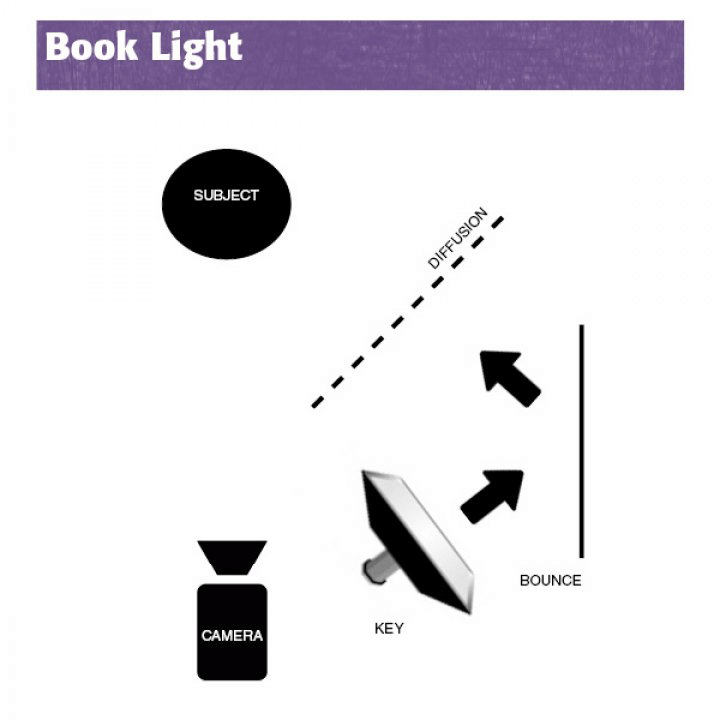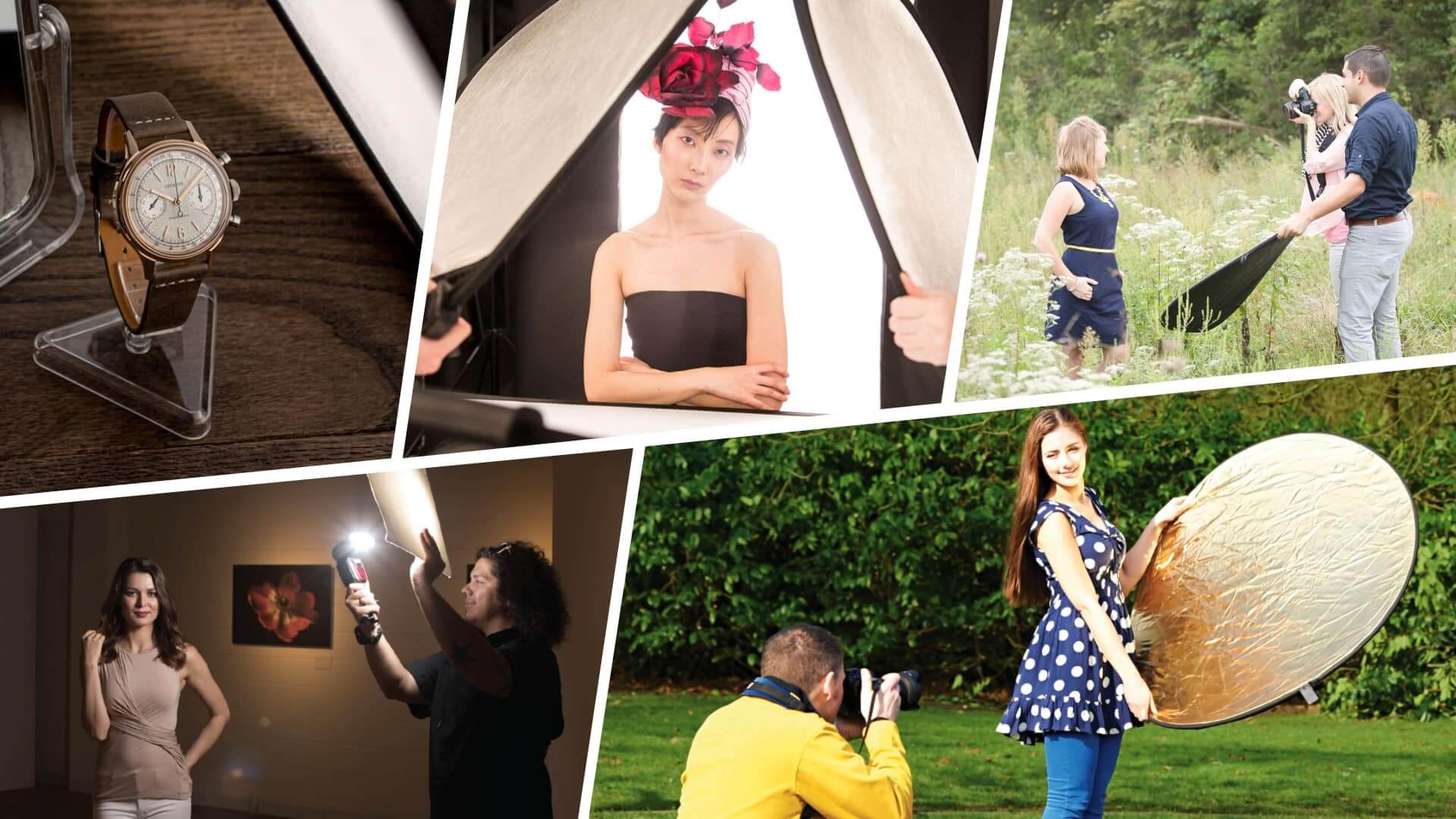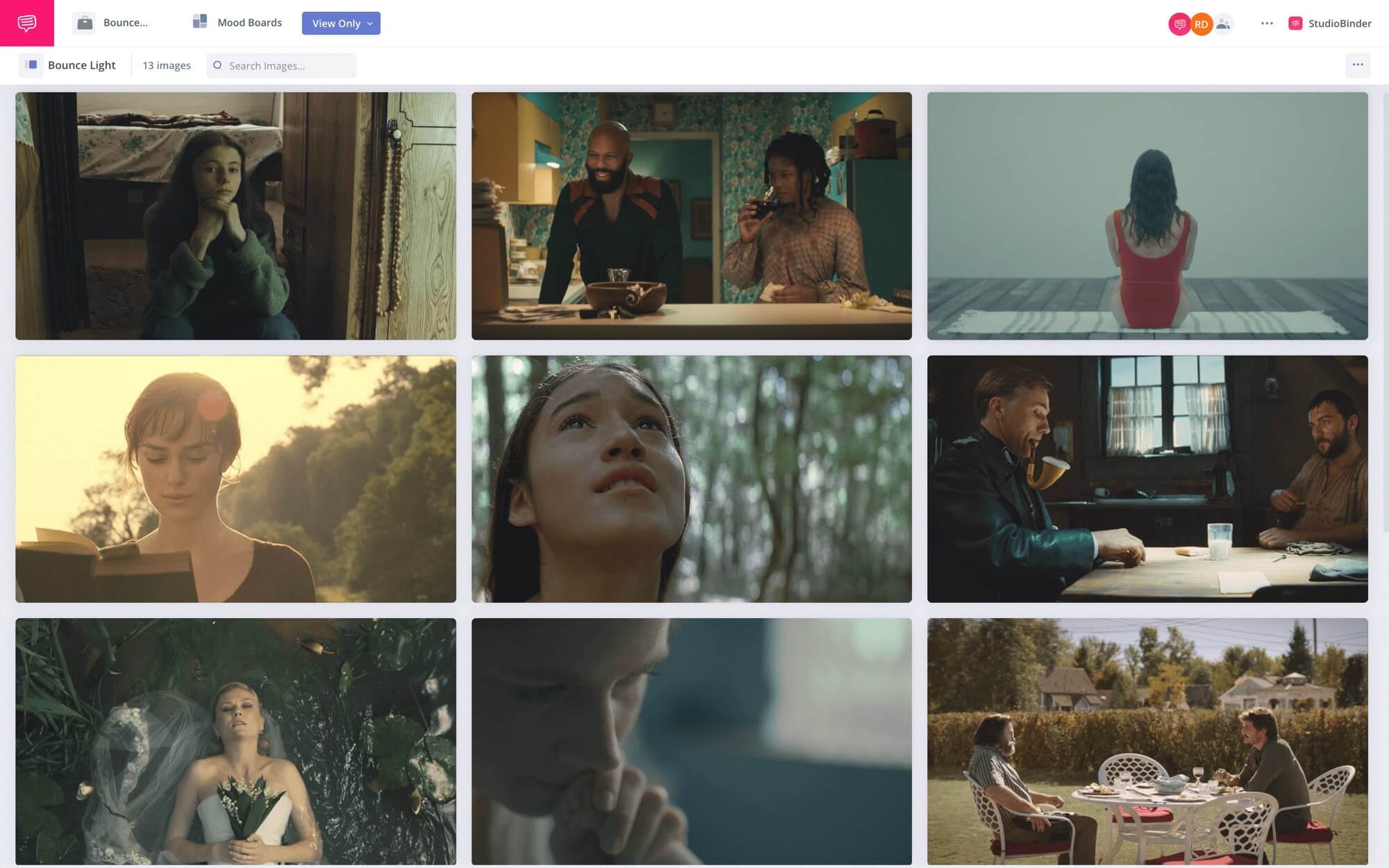There are many elements that go into creating the optimal lighting setup for a shot. The positioning of lights, the type of lights you use, and the quality of light you create. One of the best tools cinematographers have to adjust the quality of a light is bounce light.
Bounce light is used from DIY short film sets to high budget Hollywood films. In this article, we’ll analyze why cinematographers may opt for bounce and diffused light and lay down a few tips you can use it in your next project.
What is Bounce Light?
First, let’s define bounce light
Although bounce light can be achieved in various ways (which we will cover) all bounced light functions in the same fundamental way. Before we dive into when and how to use it, let’s get a solid understanding of the definition.
BOUNCE LIGHT DEFINITION
What is bounce light?
Bounce light is a lighting technique in which the light from a strong light source is literally bounced off of a bounce board, reflector, or other light colored surface. A light that is bounced causes a bigger spread of light than its original source. It can also diffuse the light onto a subject.
What can be used to create bounce lighting in film?
- Bounce card
- Reflector board
- Walls and ceilings
- Clothing/fabric
For a general idea of how to bounce light, we've collected shots from some of our favorite films using StudioBinder's storyboard creator. Click the image below to explore the collection and you can even download a PDF for future reference and inspiration.
Bounce light photography Mood Board Collection
Bounce board lighting
When to use bounce lighting
Bounce lighting commonly integrated into many lighting techniques. Its ability to create soft light or diffused light makes it a great tool for all filmmakers.
Just take a look at how bounce lighting in film compares to other qualities of light and aspect of film lighting. Notice the difference in shadows as well as the detail of a subject.
Bounce light photography vs other lighting setups
The visual look of bounced light is also a very convenient way to achieve softer lighting. This is especially true when shooting in small spaces. For example, if you were shooting a scene in a small bedroom, it may be difficult to set up a silk or diffusion to create a softer light.
However, simply aiming your light source at a wall can enlarge the spread of the light and diffuse it for a softer look. Bouncing light is a technique among the basics of film lighting that every filmmaker should know.
Related Posts
Light bounce photography tips
Tips on using bounce lighting
How you use bounced light (or any light) will depend entirely on the scene you are creating. The factors of your shot may be how feathered you want the shadows, how soft you want the light, or the angle of the light and the shadows it creates. All of these are things to be taken into consideration when using bounce lighting.
1. Small adjustments can make big changes
When using a bounce board or simply bouncing light off of a wall or ceiling, small adjustments can make dramatic changes. These adjustments can be the angle of the light, the angle of the bounce board, or even the distance between the light source and bounce surface.
Take a look at this process in the video below. Note how small adjustments are made to alter the shot.
Bounce light photography
If you are not satisfied with your shot because of the shadows or light, try adjusting the bounce.
2. Additions to bounce lighting setups
Bounced light is a great tool for any cinematographer. But it is important to keep in mind that they can be used in conjunction with other tools at your disposal. For example, bounce lighting is integral to another technique called book lighting. Book lighting is simply bouncing light through diffusion to create the softest light possible.

Bounce Light Example • Book Light Example
To better understand how a bounced light works in a book light, check out the video tutorial below.
Bounce board lightingbook light setup
Bounce lighting can also be used in the traditional 3-point lighting setup. Typically, it can be used as a soft fill light to help even out the key light to fill lighting ratio. It can also be a bounce back light for creating separation.
Bounce light photography — with a Fill Light • Subscribe on YouiTube
3. Mind the color of your bounce surface
Bouncing lights off of a wall is a great idea. But be aware of walls that are colorful from either paint or wallpaper. They can change or slightly alter the color of your light on your subject and deviate from your desired color schemes based on color theory. White walls are always the best to bounce off of.
4. Do not use hot lights
Bouncing lights that produce a lot of heat can be dangerous. Bounce cards and fabric can burn and potentially catch fire if they are subject to high heat. Using low temperature lights like LEDs or HMIs are best when bouncing light.
5. DIY light bounce board
Bouncing light is great because it is a valuable tool for all filmmakers no matter their budget. Bounce boards can be made for as cheap as $15 to $40 with a trip to the local hardware store. Here is a video tutorial on how to make a DIY bounce board easily at home.
Diy light bounce board
Bouncing light is an incredible tool used by cinema’s best cinematographers. Understanding how it can benefit your shot will take practice. But getting started with it is as easy as a trip to your local hardware store or even more easily, bouncing a light at a wall.
Experiment with different angles and positions and you will get a better understanding of how it works and can work for your next project.
Related Posts
UP NEXT
3-Point Video Lighting Setup Guide
Bounce light is a great quality of light that can be used in various lighting setups. One of the most fundamental ways it can be used is in a 3-point lighting setup. Up next is our breakdown of the 3-point video lighting setup.
Up Next: 3-Point Lighting →
Showcase your vision with elegant shot lists and storyboards.
Create robust and customizable shot lists. Upload images to make storyboards and slideshows.

